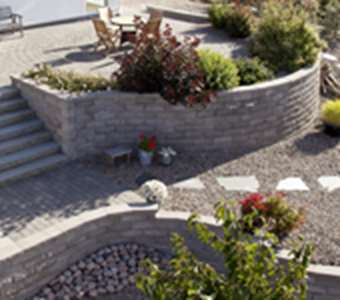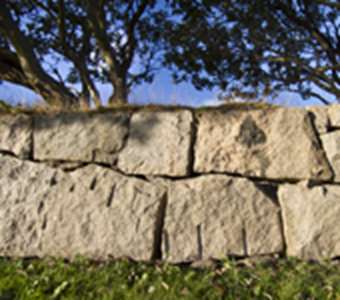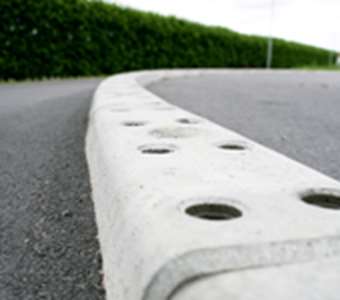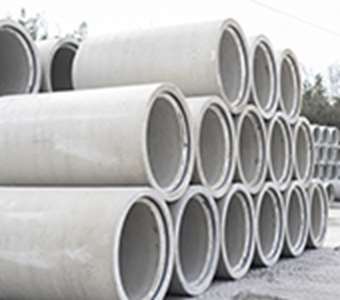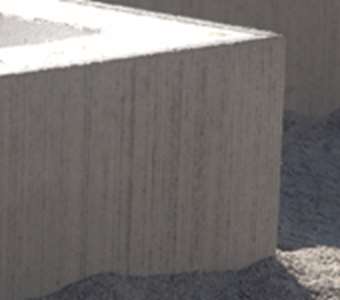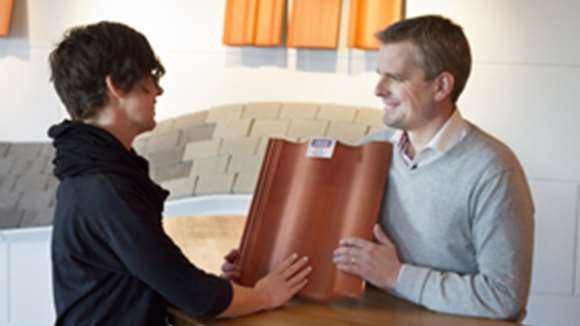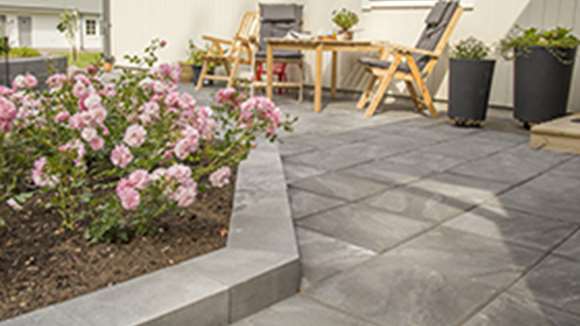The joint’s importance
When you lay paving stones and/or slabs, it is easy to forget the joints and their importance. Joint filler serves to lock what you lay and reduce the growth of weeds between stones/slabs. A well-filled joint between stones/slabs is important not just aesthetically. It also has several important technical functions.
When a surface that has been laid with paving stones or slab is subjected to a load, force is transferred across the stones/slabs via the joints. This is why it is important that joints are well-filled with joint filler so that the forces are transferred in the correct way. If the joints are insufficiently filled or too narrow, there is a risk of the stones/slabs banging against each other. This can damage the edges of the stones/slabs.
A too wide joint that is not stabilised by well-executed ground preparation and edge guards can result in forces being transferred incorrectly. This is why we recommend a 3 mm joint for paving stones and slabs.
When you have laid and jointed your stones/slabs, you can advantageously leave excess joint filler on the surface for a time. Rain and wind will gradually wash it down into the joints. After some time, it may also be necessary to refill the joints so that they still work as they should. Benders offers three different sorts of joint filler in several different colours. See Joint filler, Lithomex Easy and Lithomex L20.















